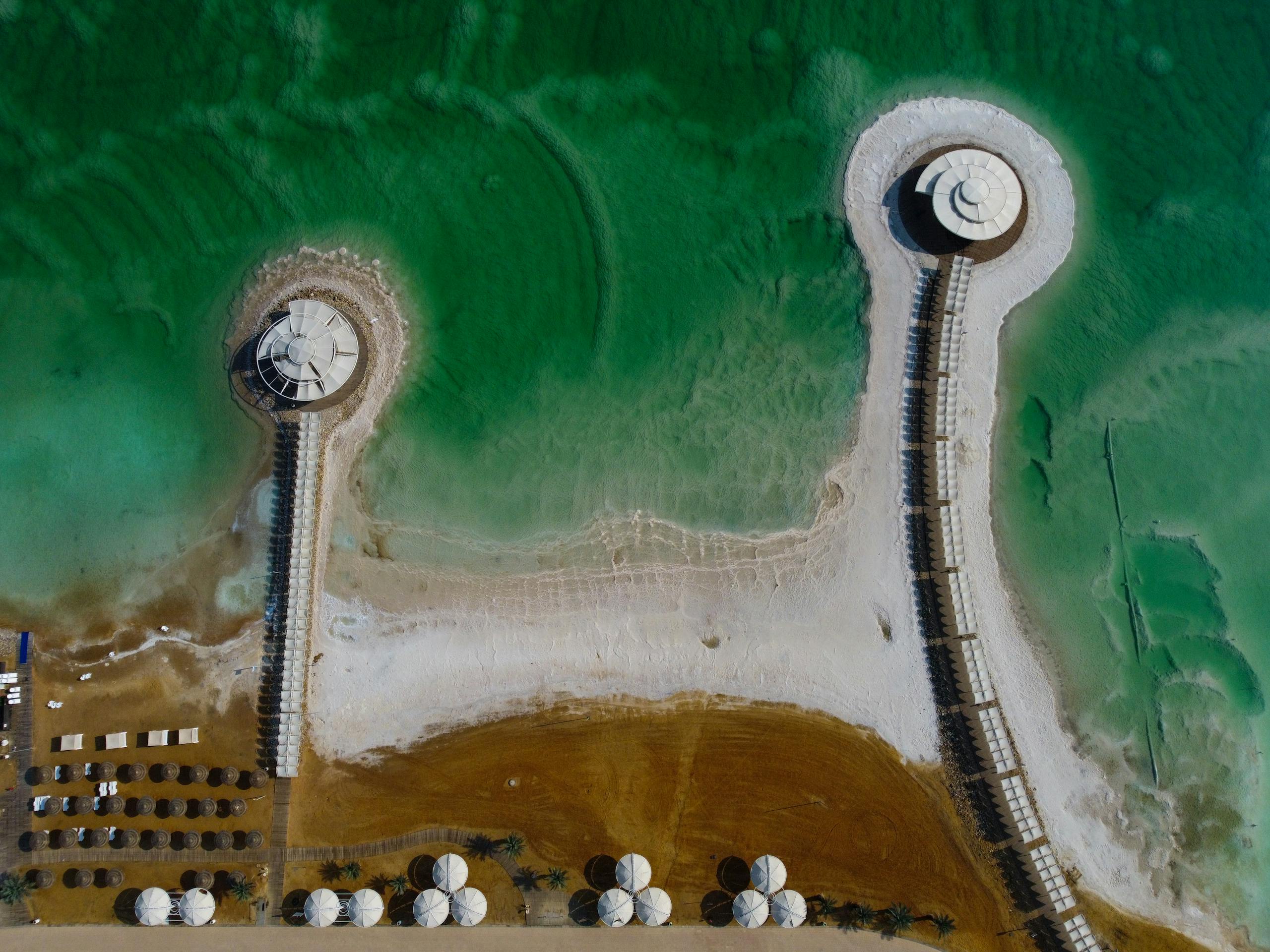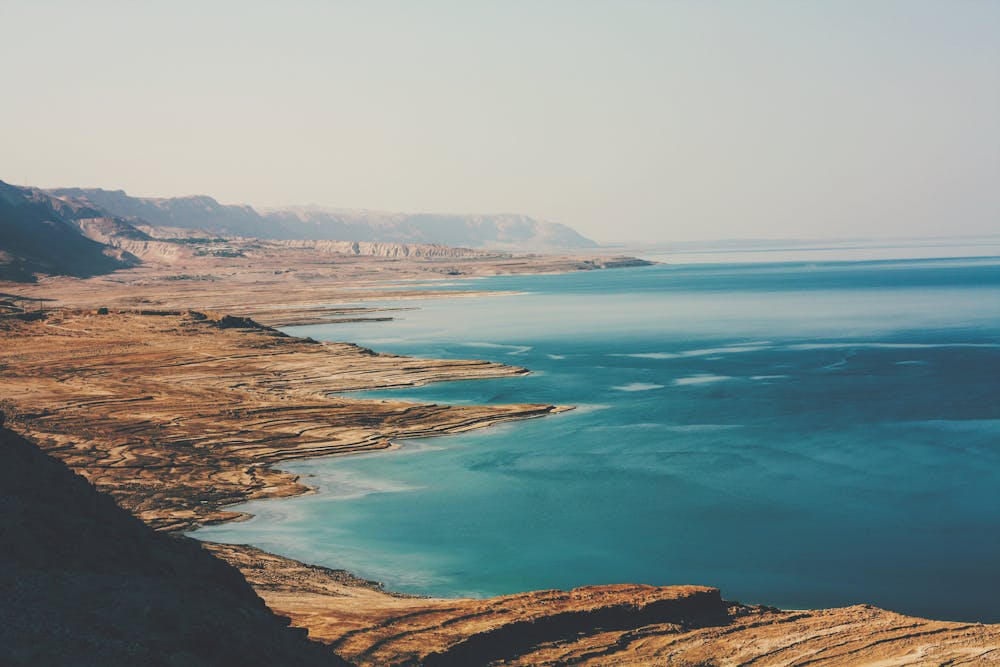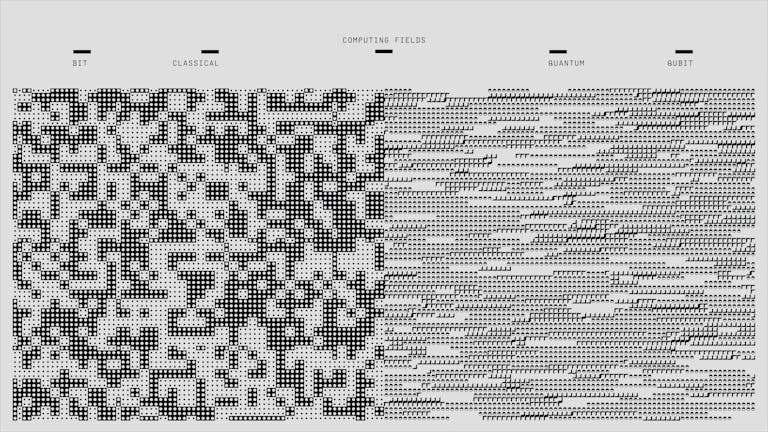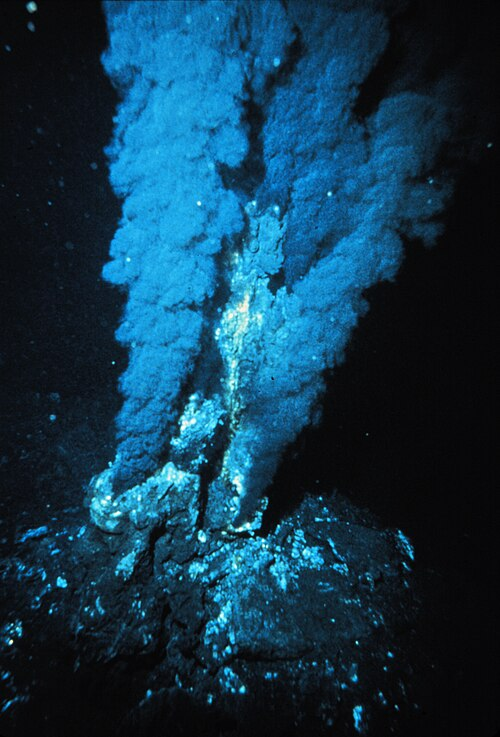Snowing Salt in the Dead Sea is Nature’s Underground Architect

Imagine standing at the lowest point on Earth and realizing that beneath your feet, massive salt giants are silently growing.
That’s the story unfolding in the Dead Sea, a place famous for its extreme salinity and otherworldly landscapes. But now, scientists are uncovering something even more fascinating — the Dead Sea isn’t just salty, it’s actively building enormous underground salt structures, and sometimes, it even snows salt.
Why the Dead Sea is Unique
The Dead Sea isn’t your average lake. For one, it has no natural outflow, meaning water only escapes through evaporation. Over thousands of years, this process has concentrated the salt to extraordinary levels. That’s why you float effortlessly on its surface — the water is so dense it practically pushes you up.
But here’s the twist: because it’s also Earth’s deepest hypersaline lake, unusual processes kick in under the surface. Changes in temperature, density, and evaporation combine in ways rarely seen elsewhere. This cocktail of conditions sets the stage for the formation of those giant salt deposits.
The Rise of the Salt Giants
These salt giants aren’t just big — they’re monumental. Stretching for kilometers horizontally and sometimes stacking over a kilometer thick, they’re like nature’s underground skyscrapers.
While massive salt layers also exist beneath the Mediterranean and Red Seas, those aren’t forming anymore. The Dead Sea, however, is still actively building them, making it the perfect natural lab for scientists to study.

So, what fuels these salt giants? It’s a mix of evaporation, seasonal changes, and an intriguing process called double diffusion. Basically, warm salty water from the surface mixes with cooler, denser layers below. When the balance tips, salt begins to crystallize and sink, adding to the growing deposits.
When the Dead Sea Snowed Salt
Back in 2019, researchers were stunned to find a winter-like process happening in summer. Normally, halite crystals (rock salt) fall to the bottom in colder months when deep water becomes oversaturated. But during that hot summer, scientists noticed something unexpected: salt snowflakes were drifting downward even in the heat.
How? As the sun evaporated the surface water, its saltiness shot up. Warm water held the salt longer than expected, but as it cooled slightly, it couldn’t keep dissolving all that salt. The excess crystallized and began to sink — snowing salt. Imagine looking into the depths and seeing shimmering flakes of salt spiraling down, like a frozen winter scene, but in the middle of the desert.
Lessons from the Past
This Dead Sea drama isn’t just about one lake. It’s a window into Earth’s history. Millions of years ago, the Mediterranean Sea nearly vanished when tectonic shifts blocked the Strait of Gibraltar. Evaporation went wild, salinity soared, and massive salt layers — just like today’s salt giants — formed beneath the seabed. When the strait reopened, the sea refilled, burying those salt deposits deep below.
By studying the Dead Sea, scientists are piecing together how similar geological events shaped our planet long before humans arrived. It’s like watching a time machine in action.
Why It Matters Today
Beyond the sheer wonder of salt snow and hidden giants, this research has real-world importance. The Dead Sea is shrinking fast — its water level drops by about one meter every year. That’s not just a local concern; it mirrors challenges faced by lakes and seas worldwide as climate change alters water cycles.
Understanding how coastlines erode, how salt deposits shift, and how these processes tie into global patterns could help us predict what’s coming. In a way, the Dead Sea acts as both a warning and a teacher.
Final Thoughts
The idea of salt snow drifting to the bottom of a sun-scorched sea might sound like something out of fantasy, but it’s real science unfolding in one of Earth’s strangest places. The Dead Sea reminds us that even in the quietest, saltiest corners of the planet, nature is hard at work — building, changing, and leaving behind clues about both our past and our future.
Source: Fluid Mechanics of the Dead Sea





